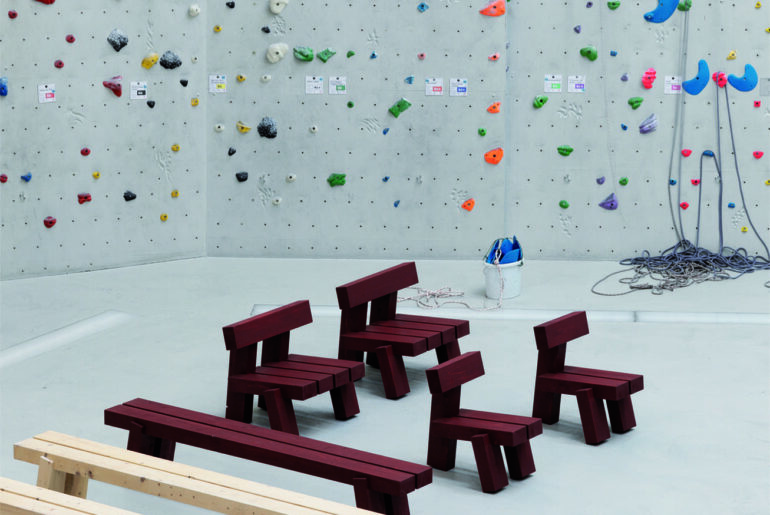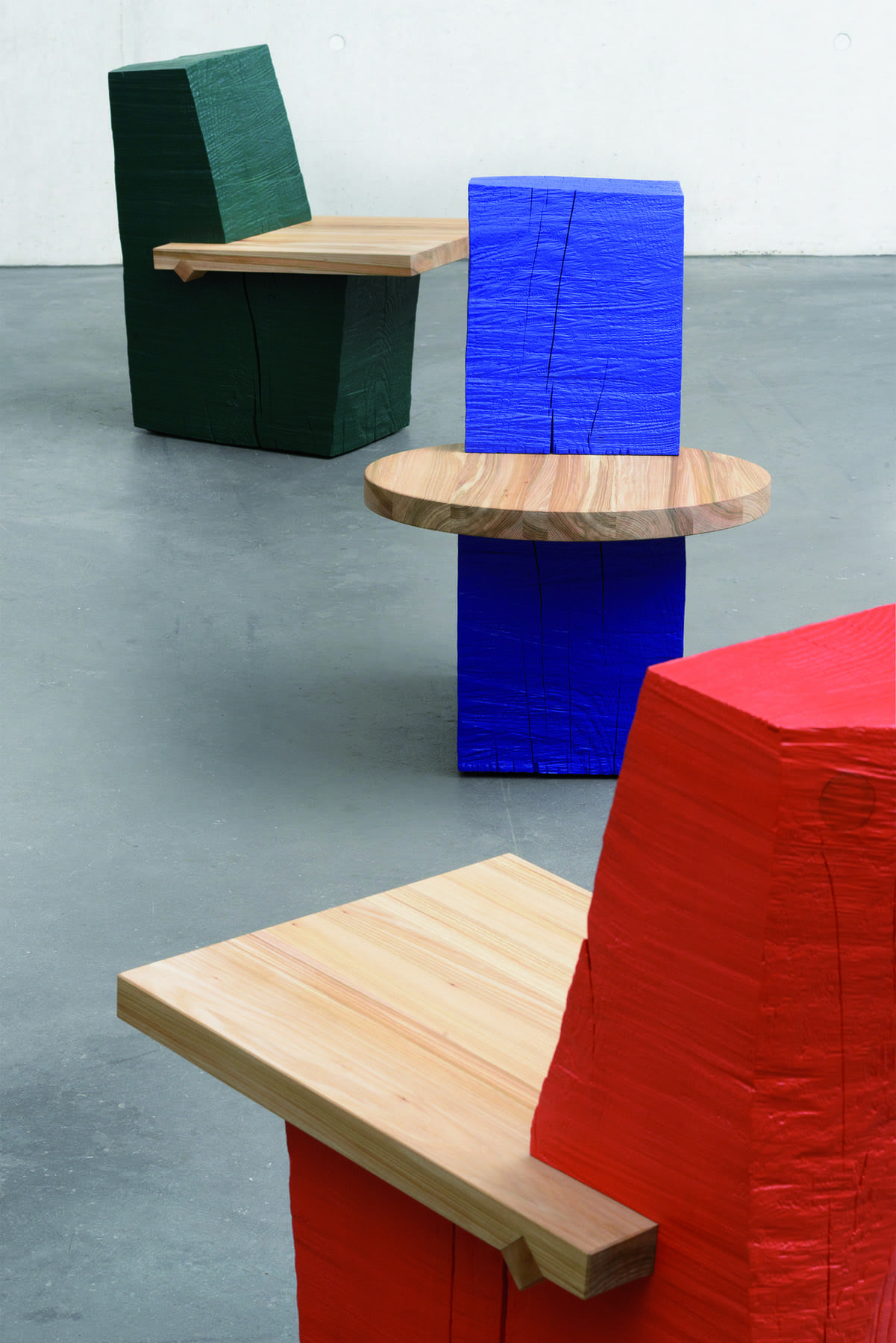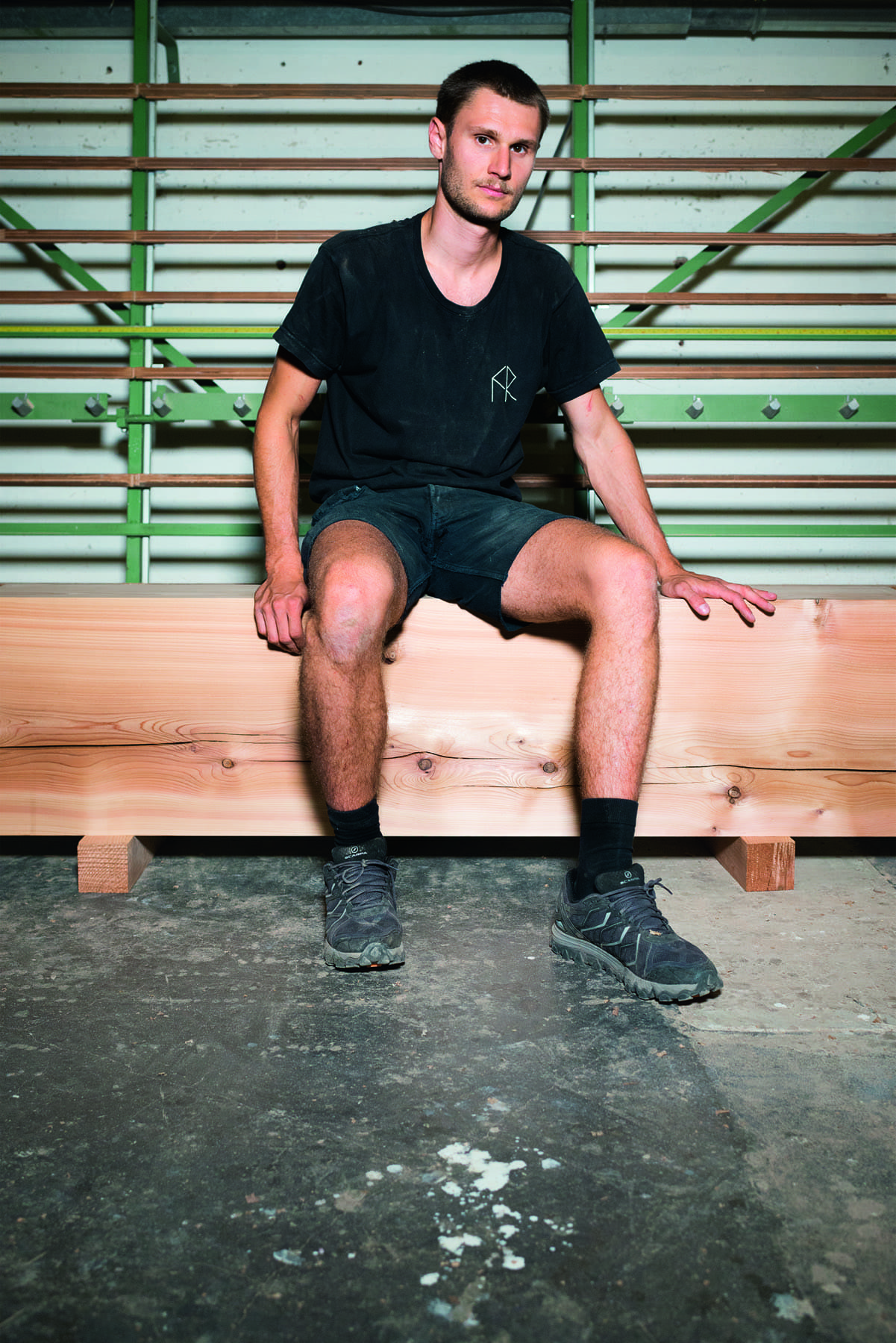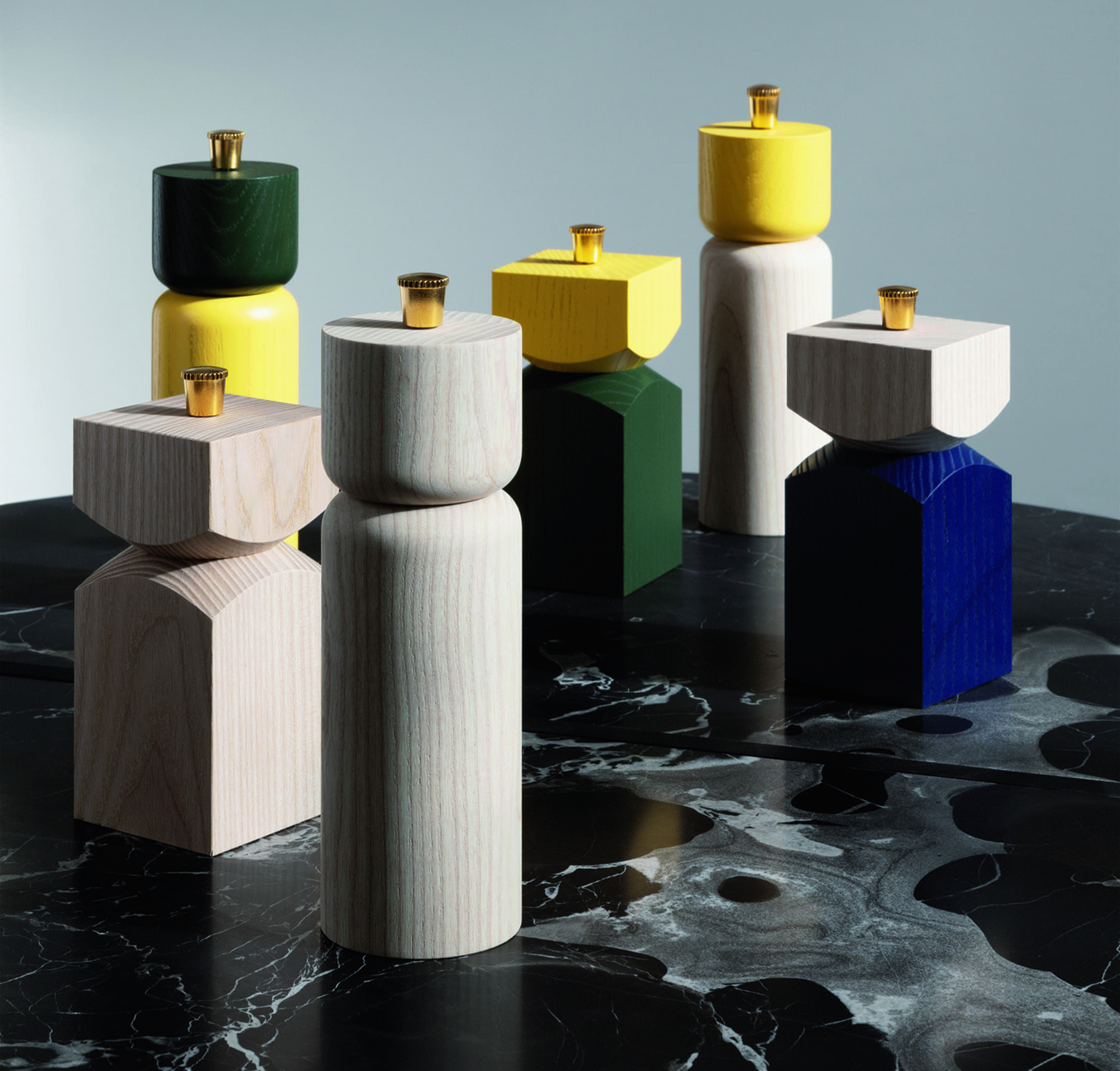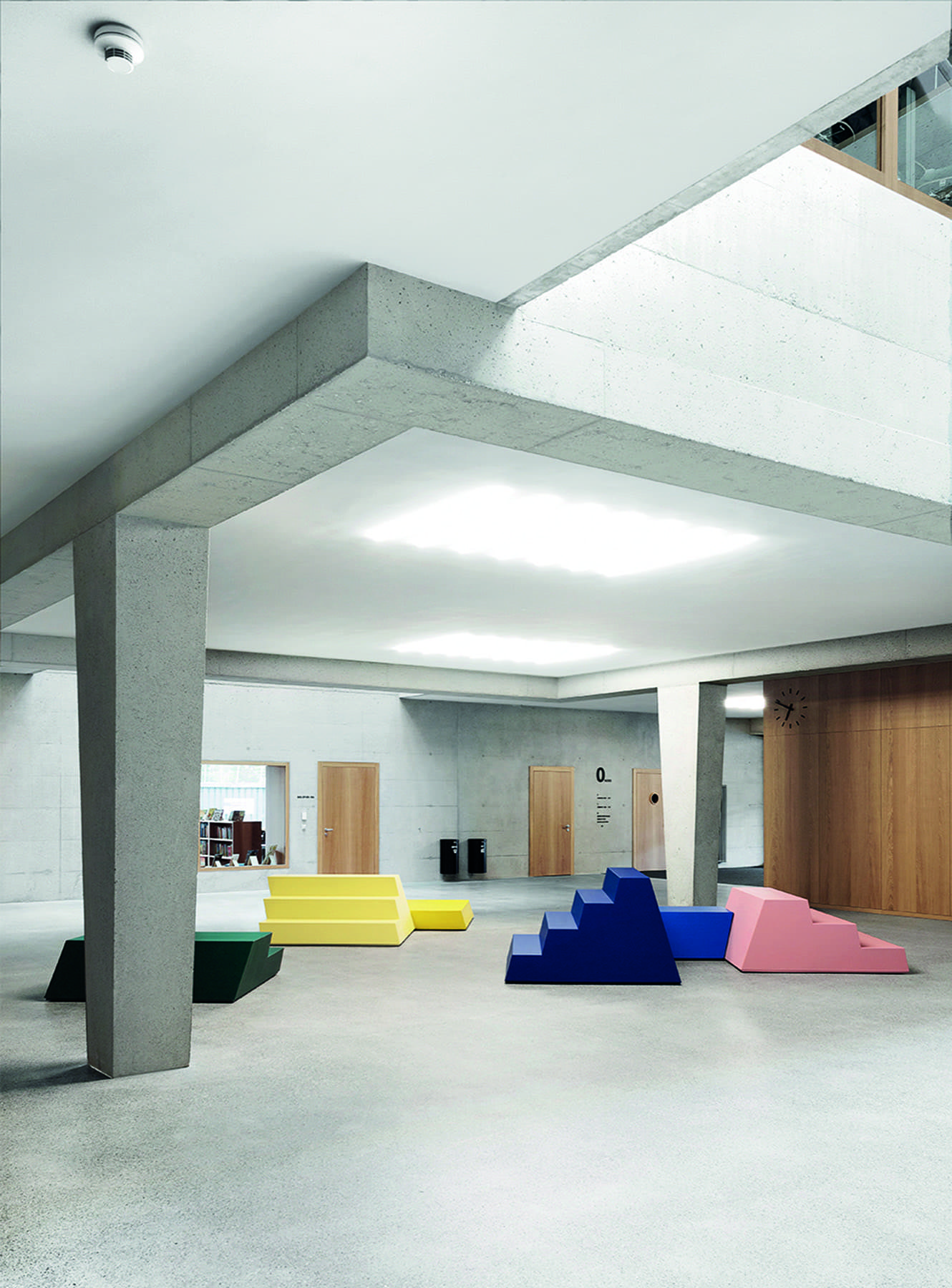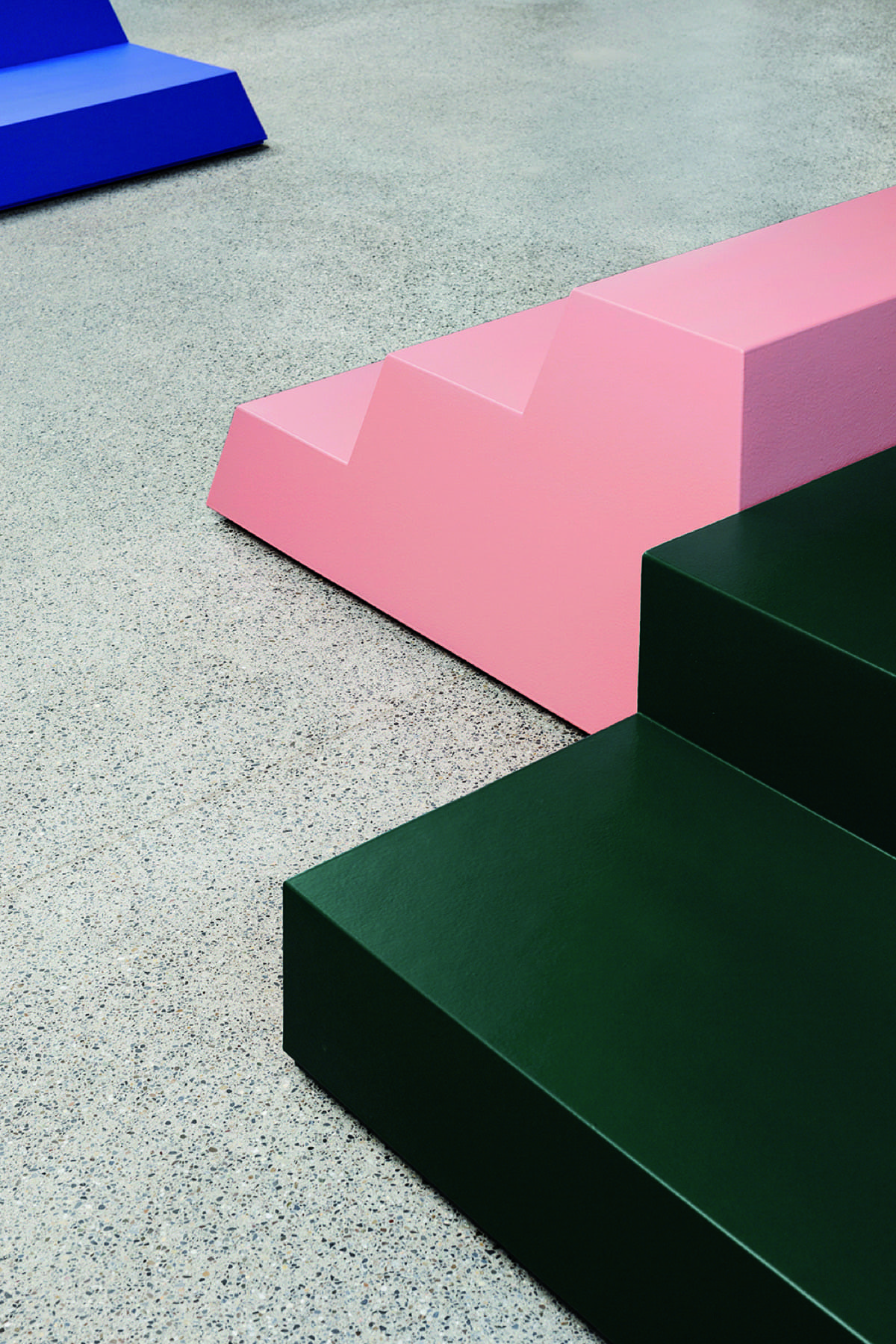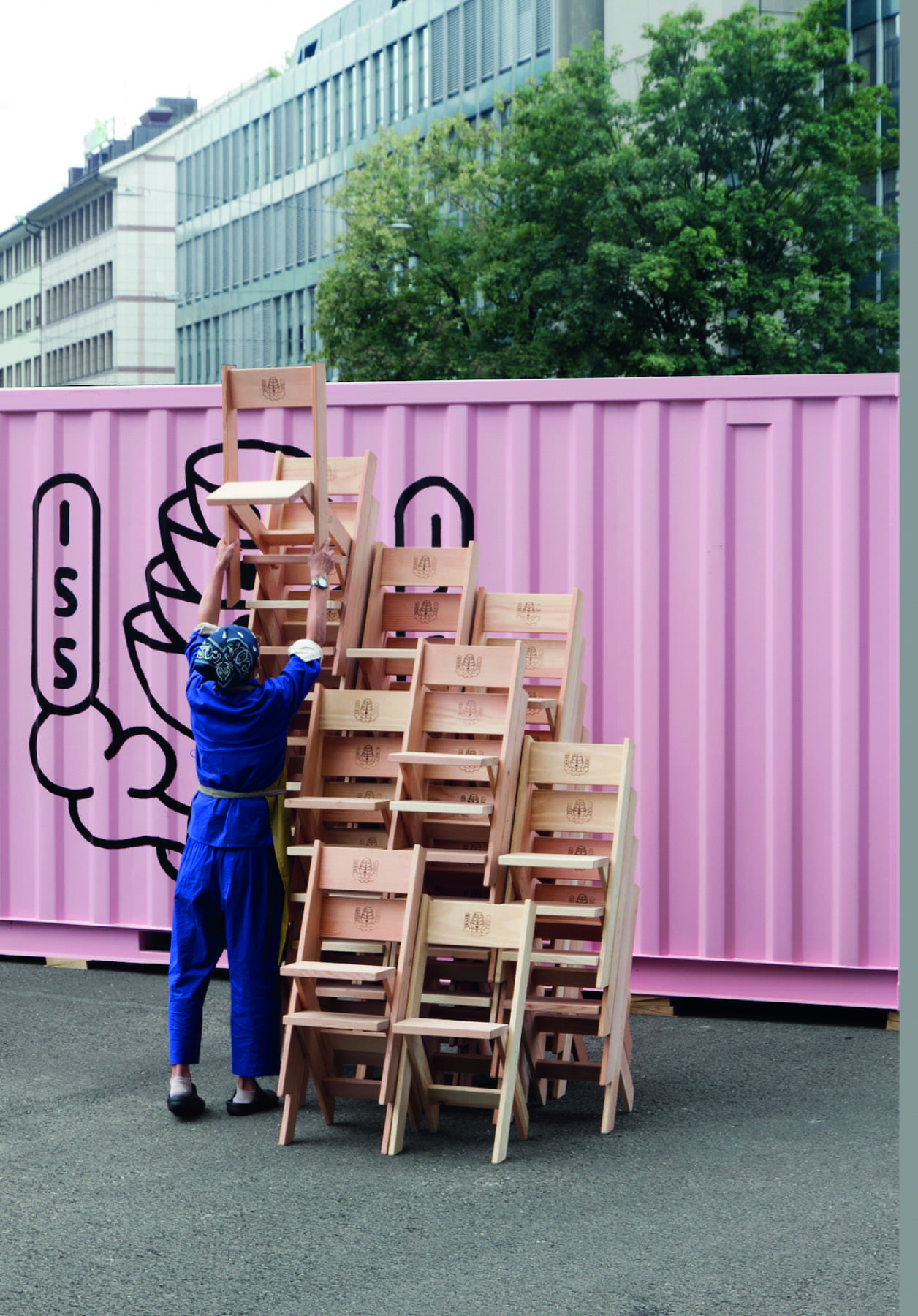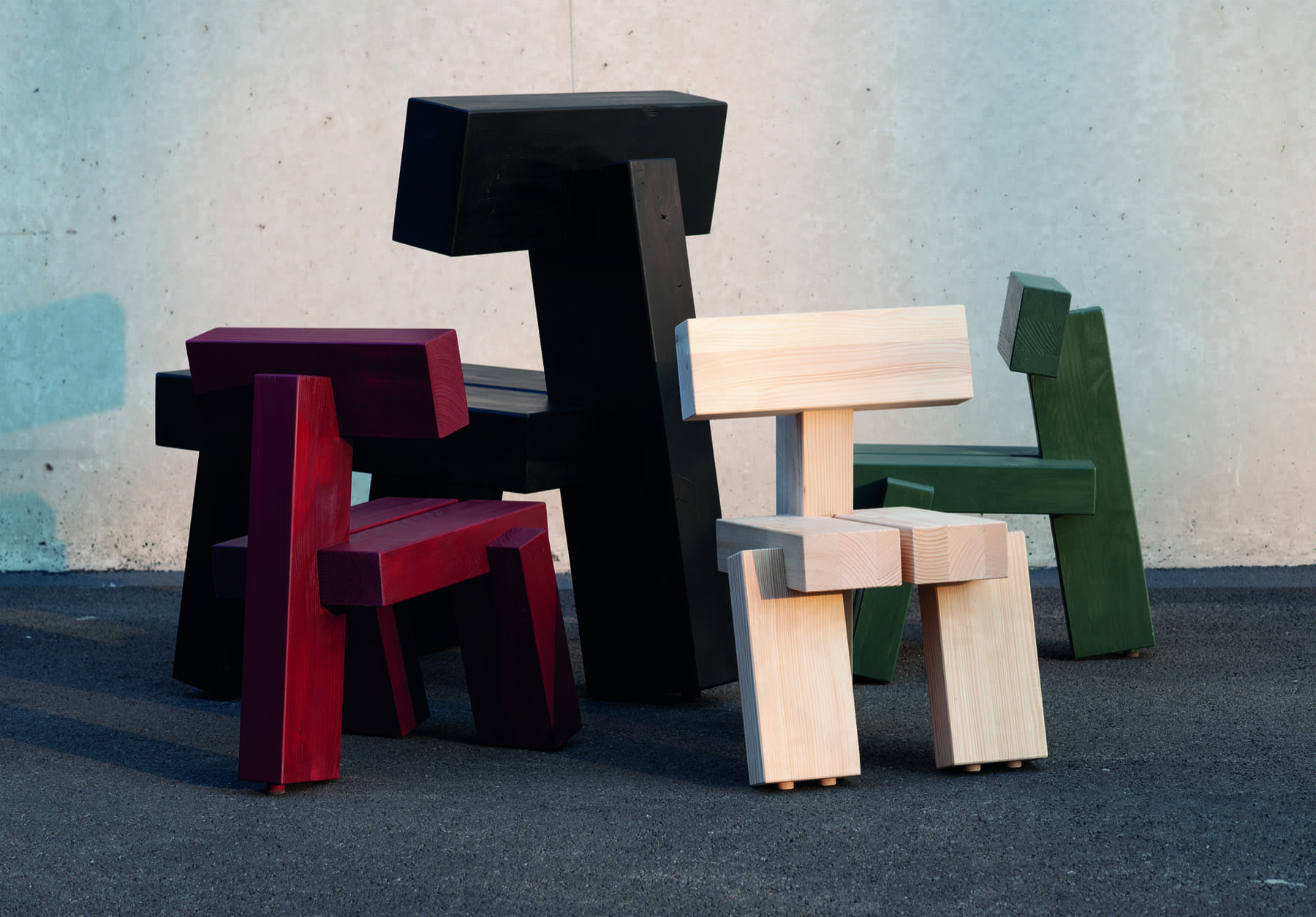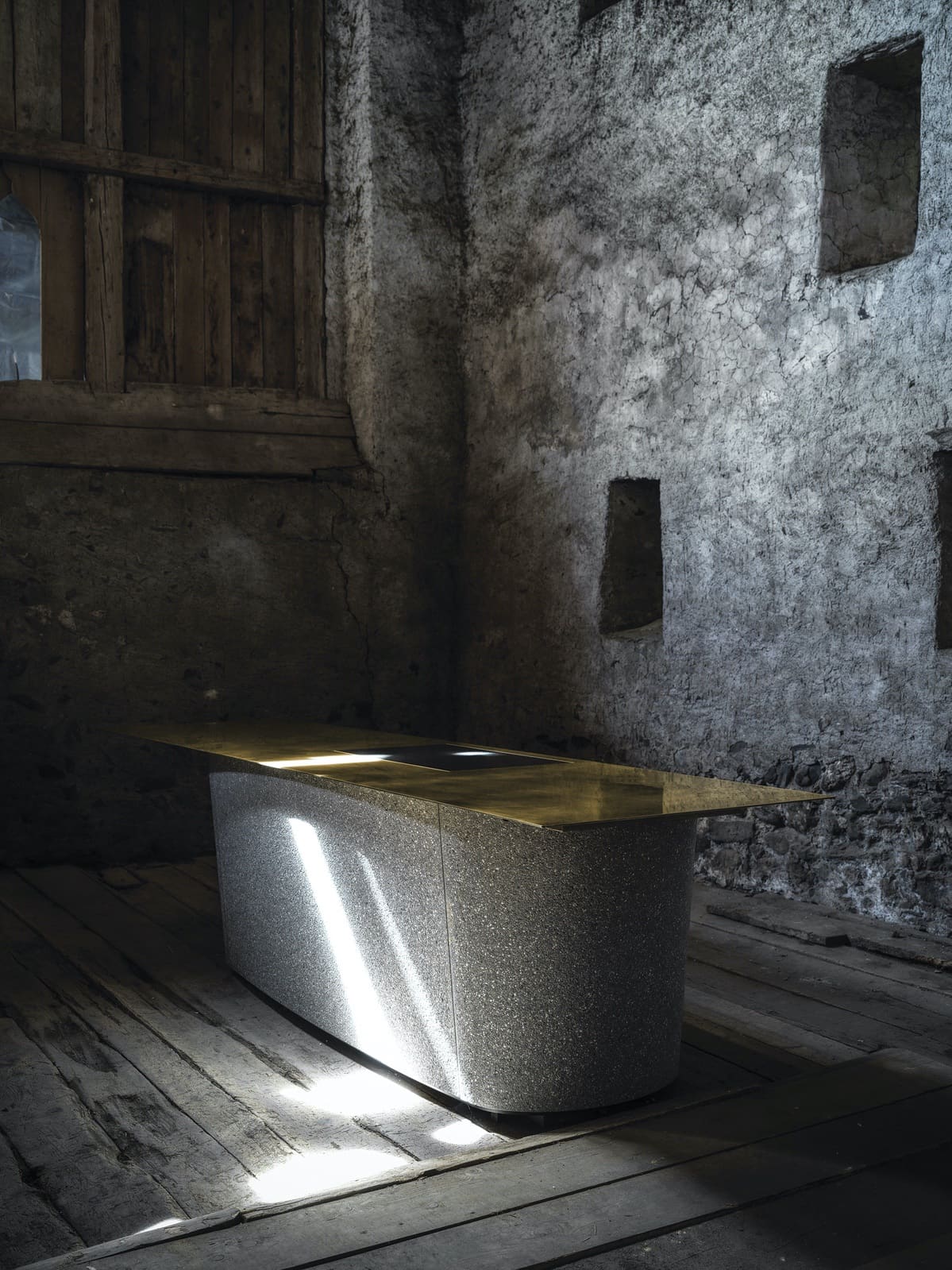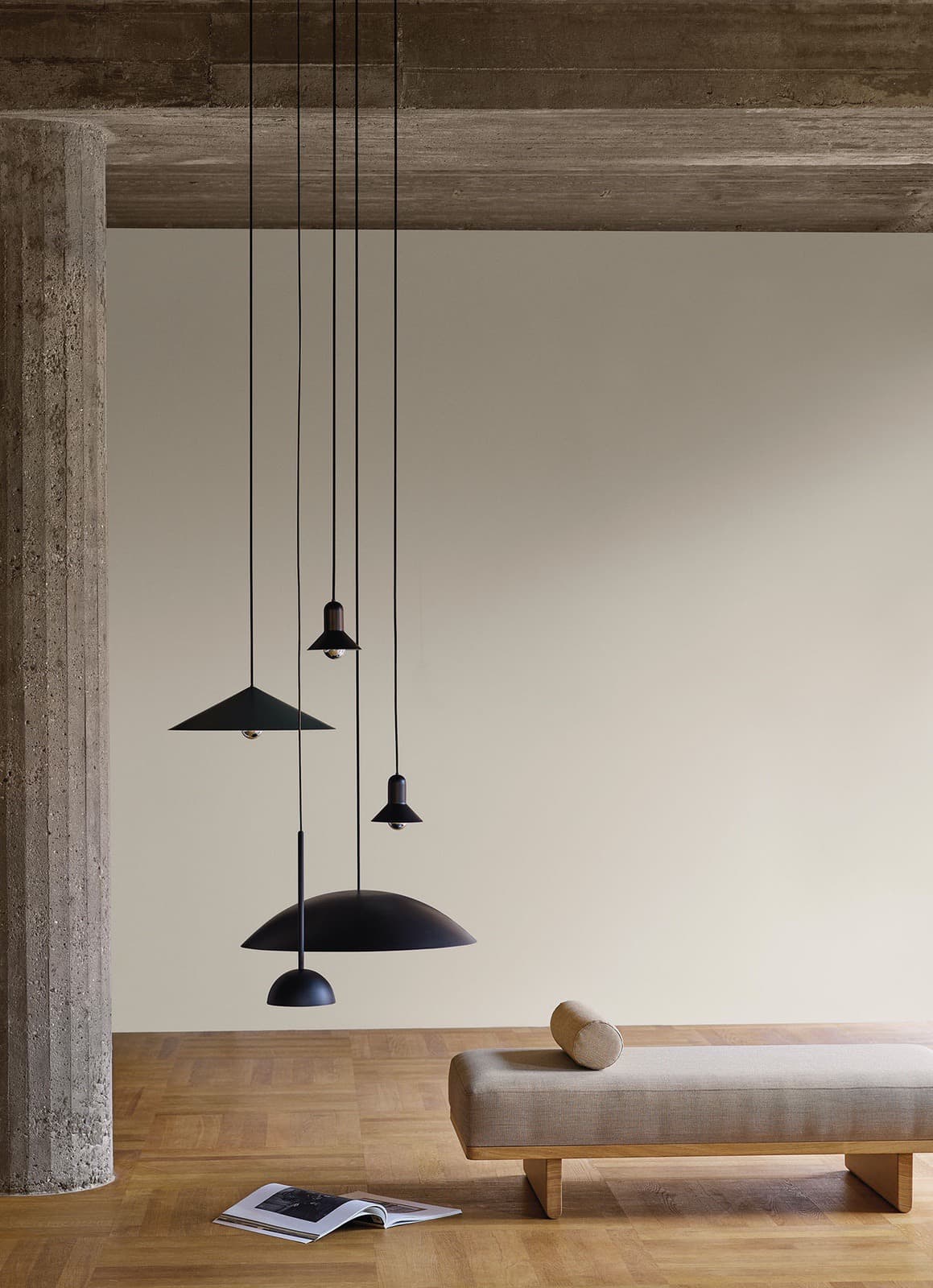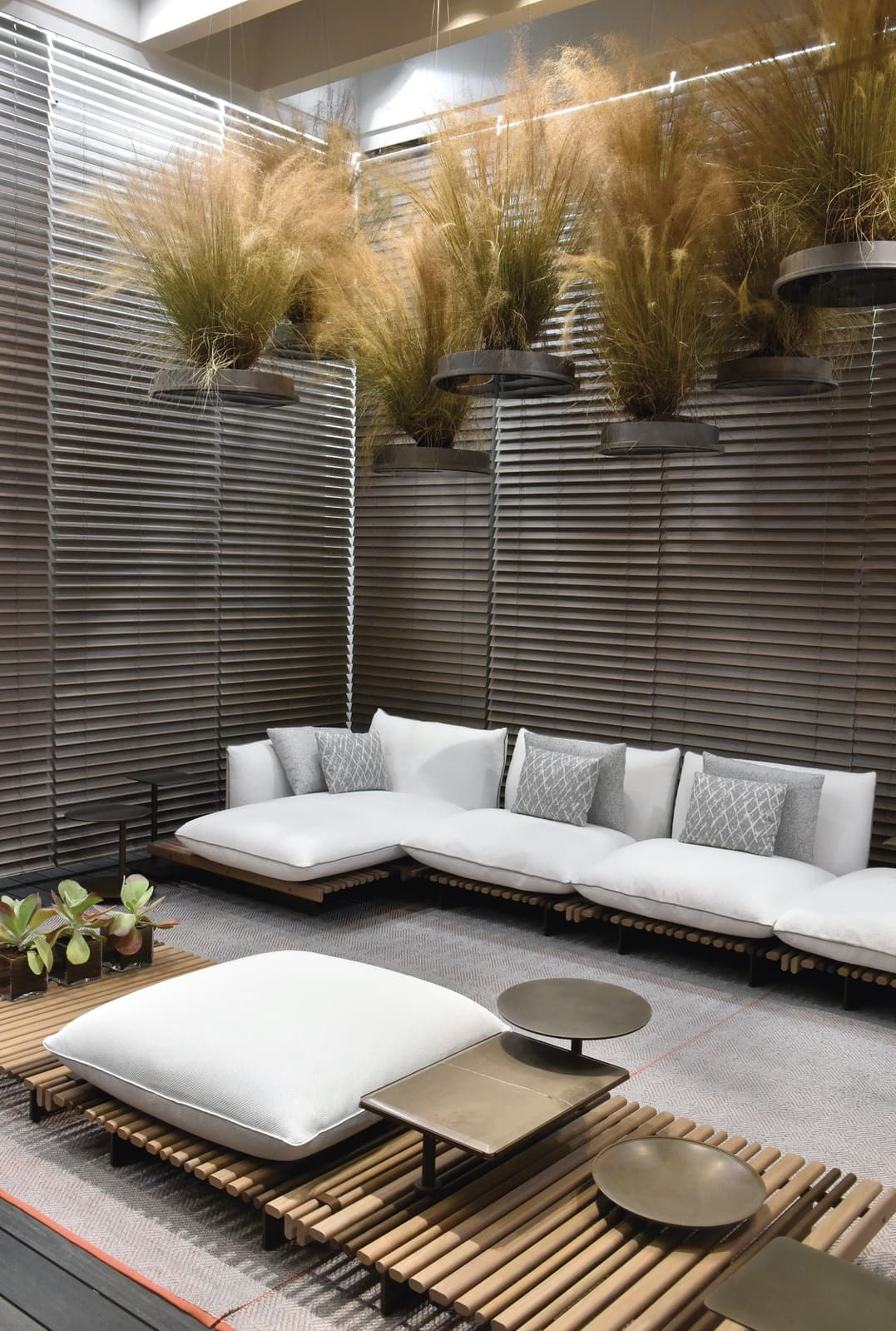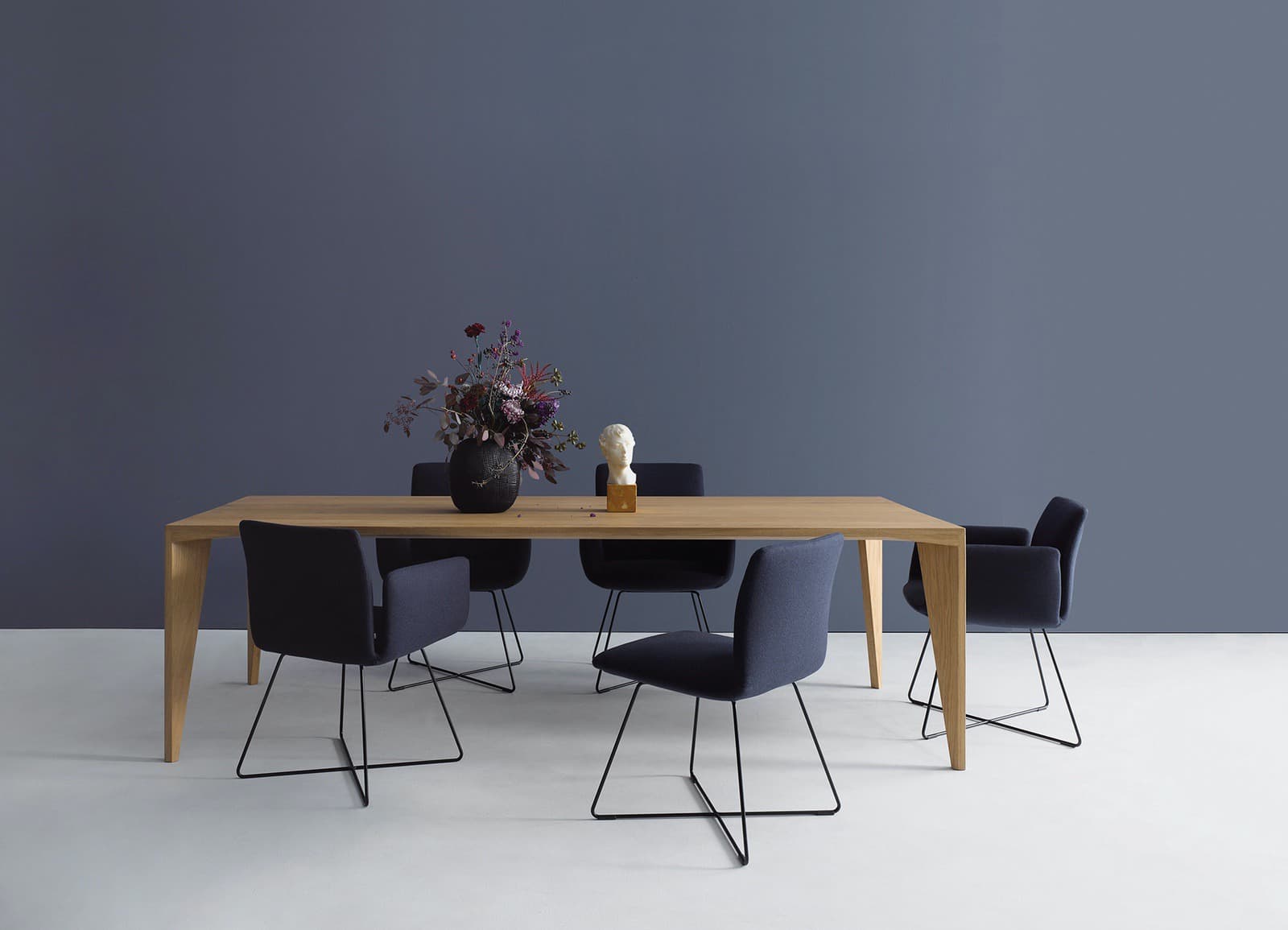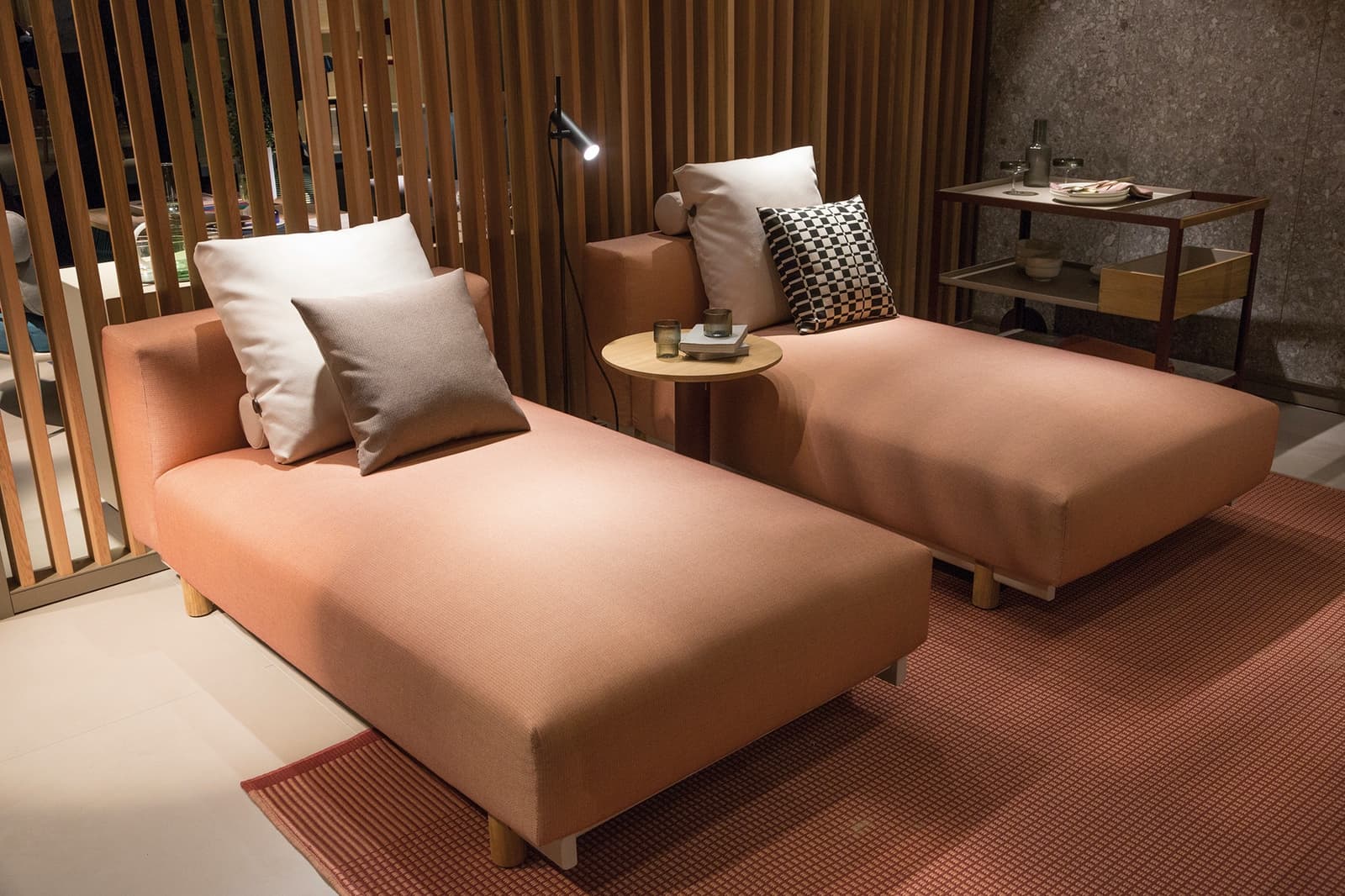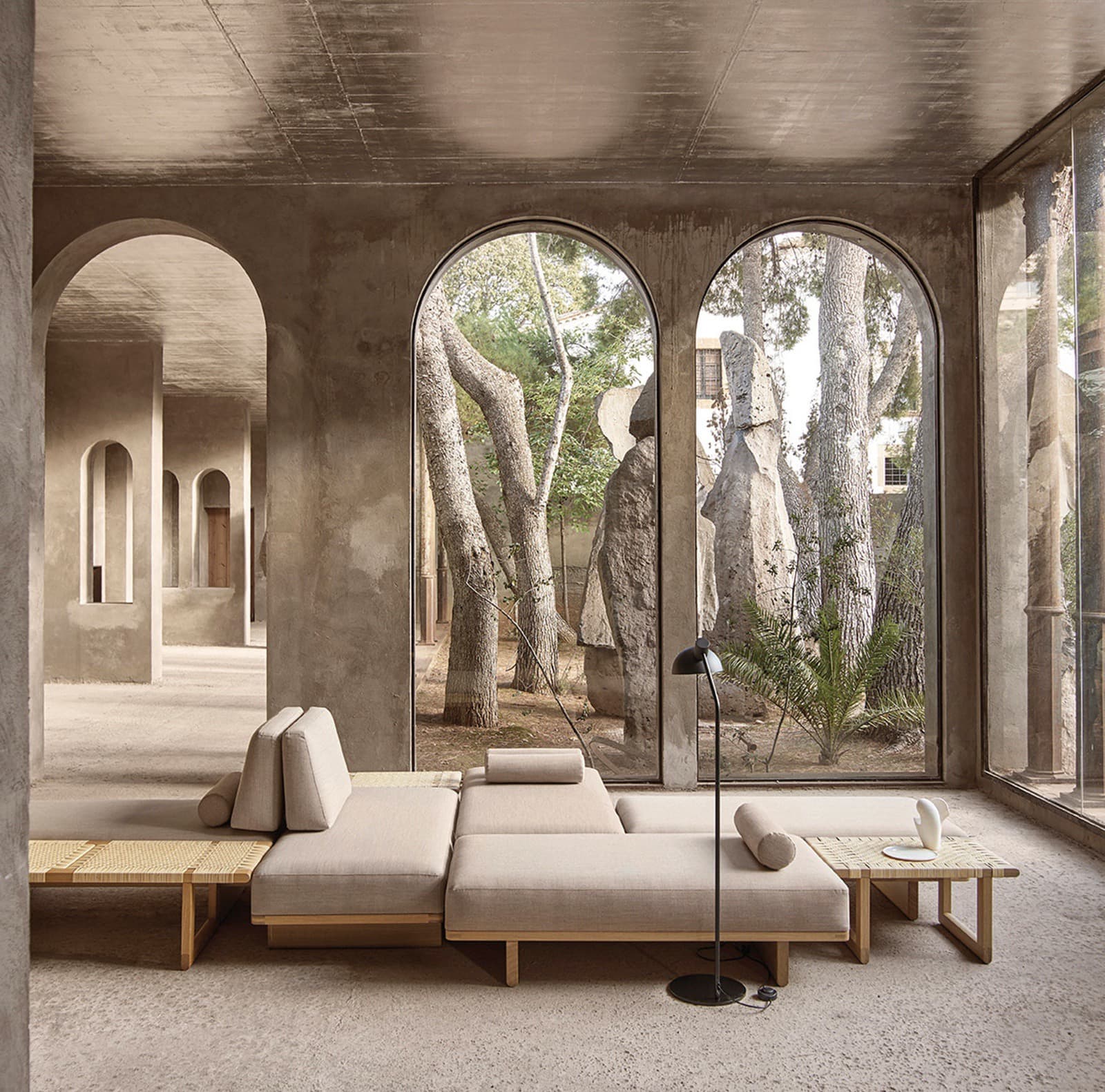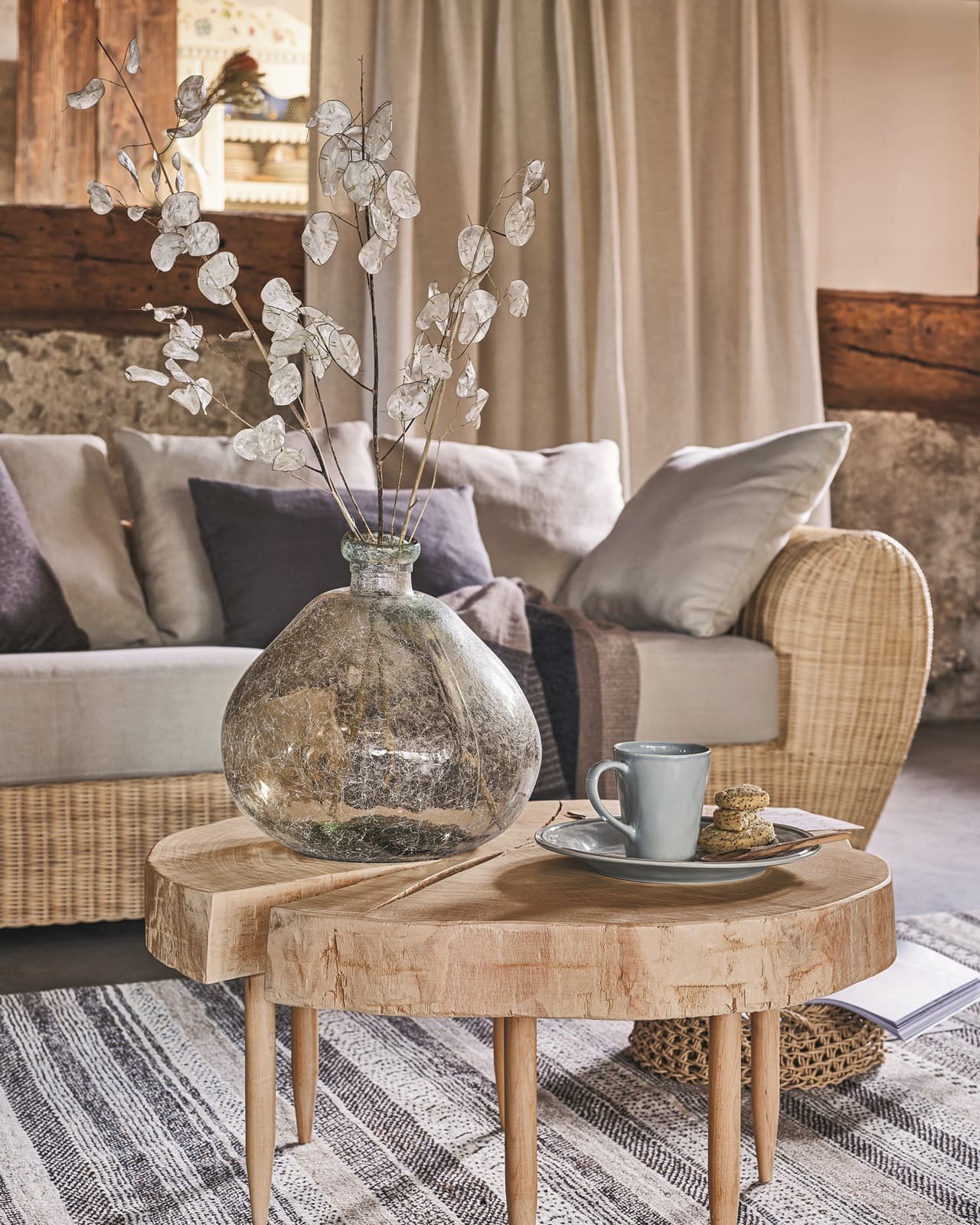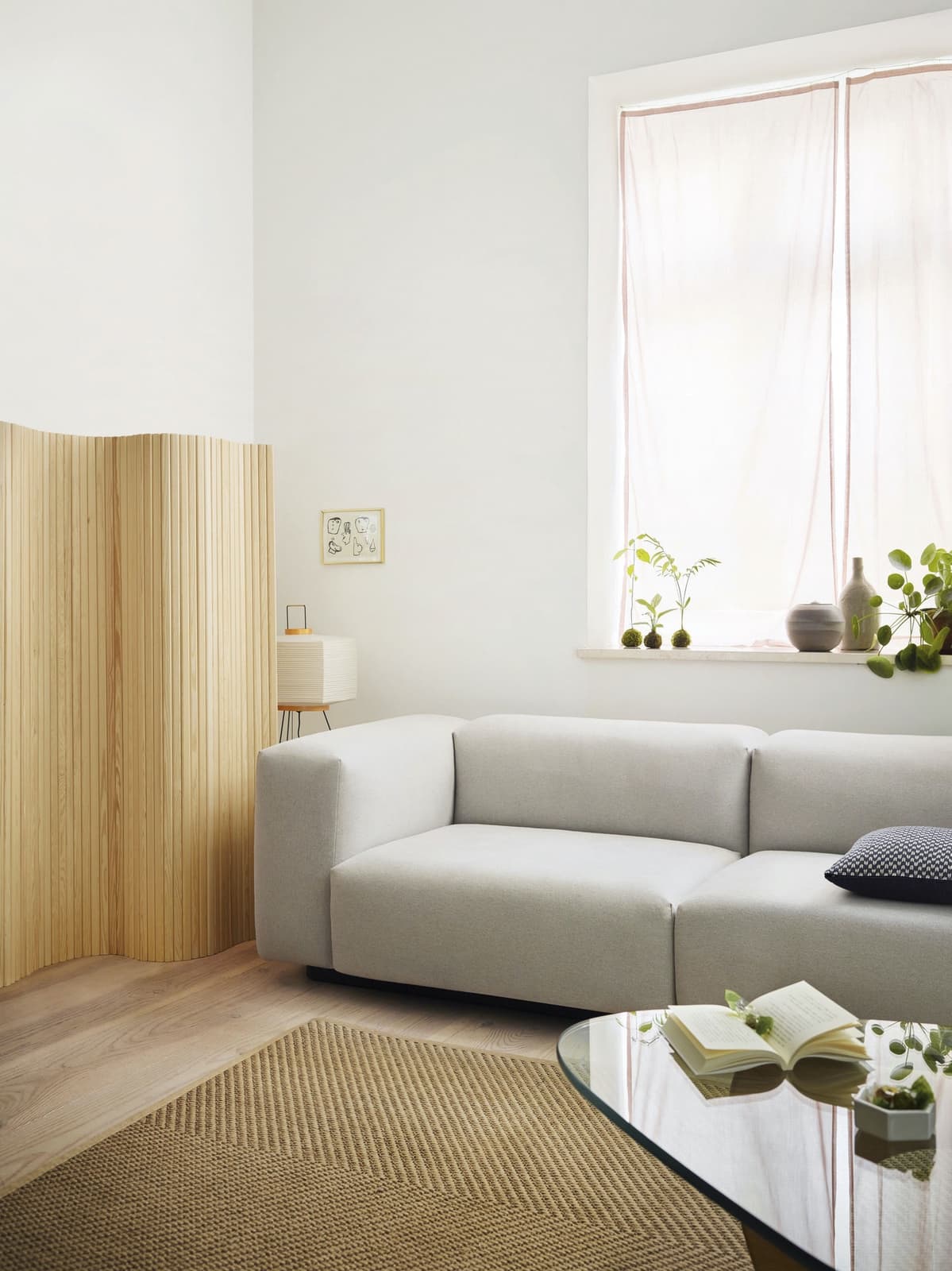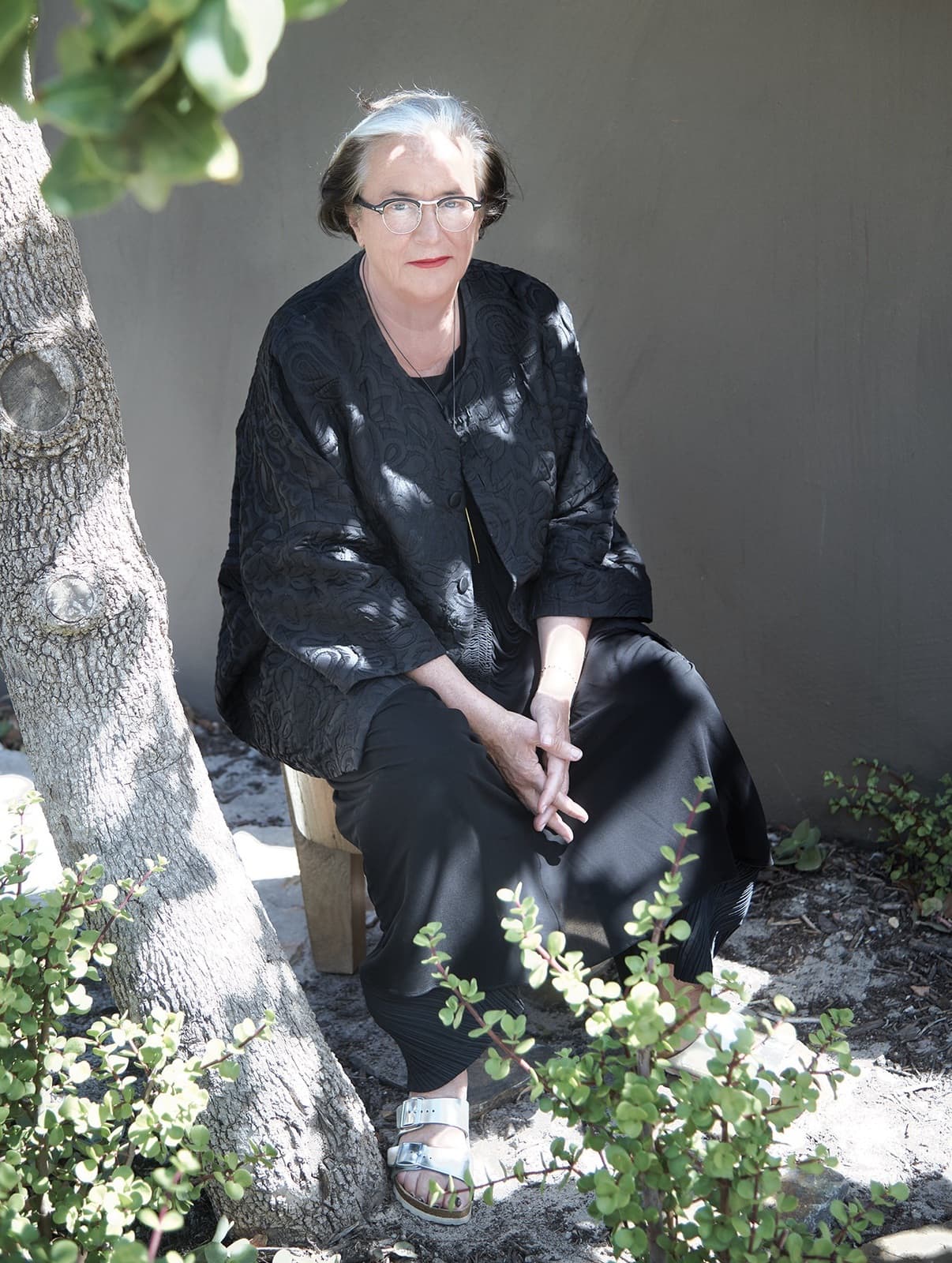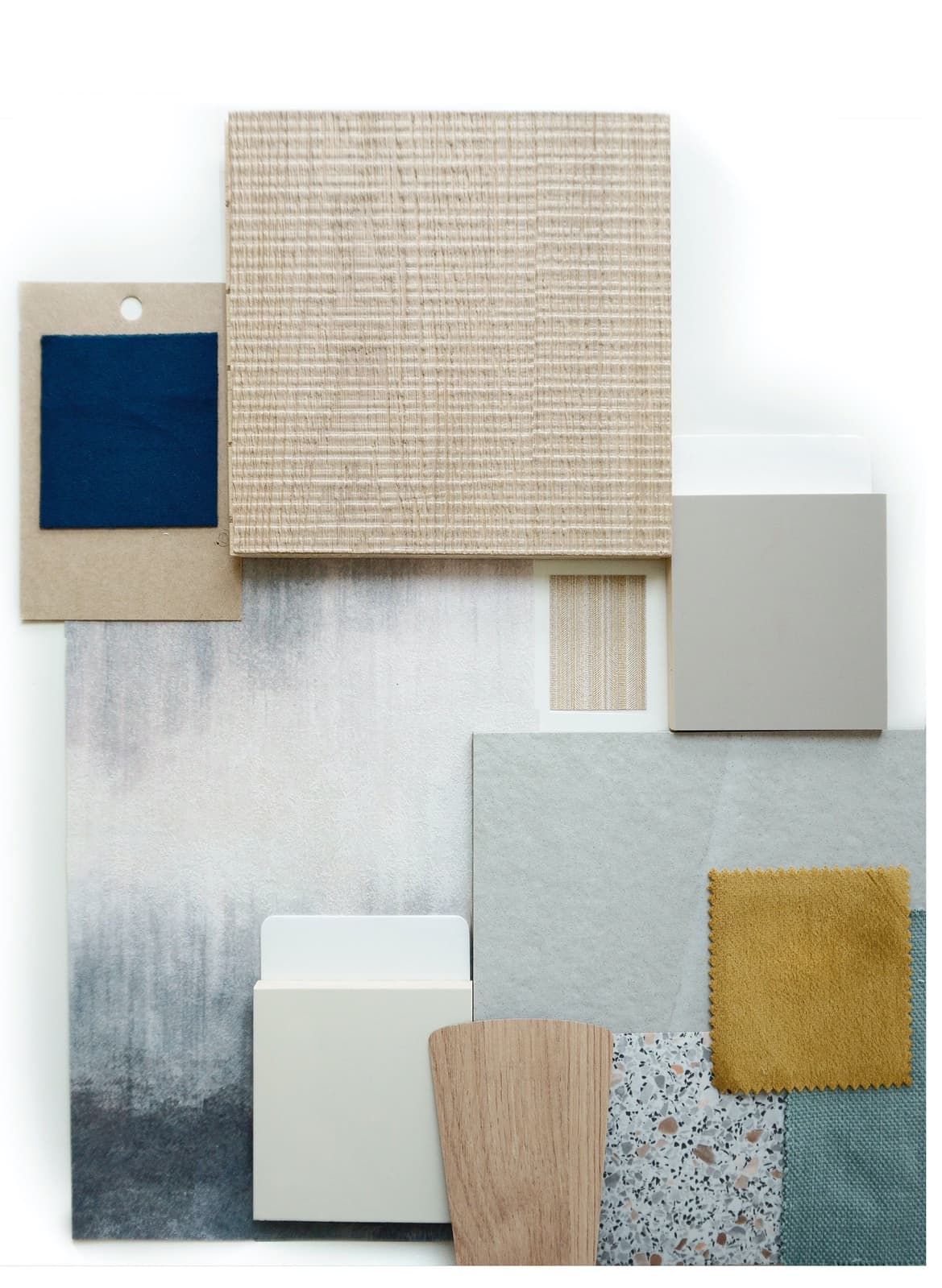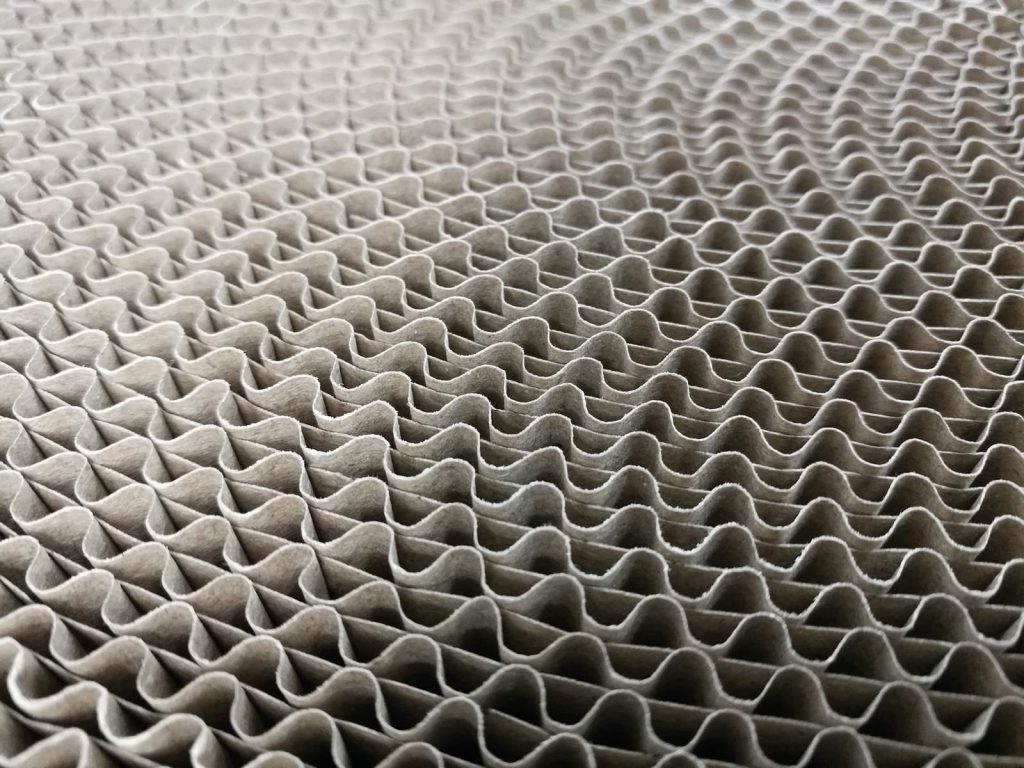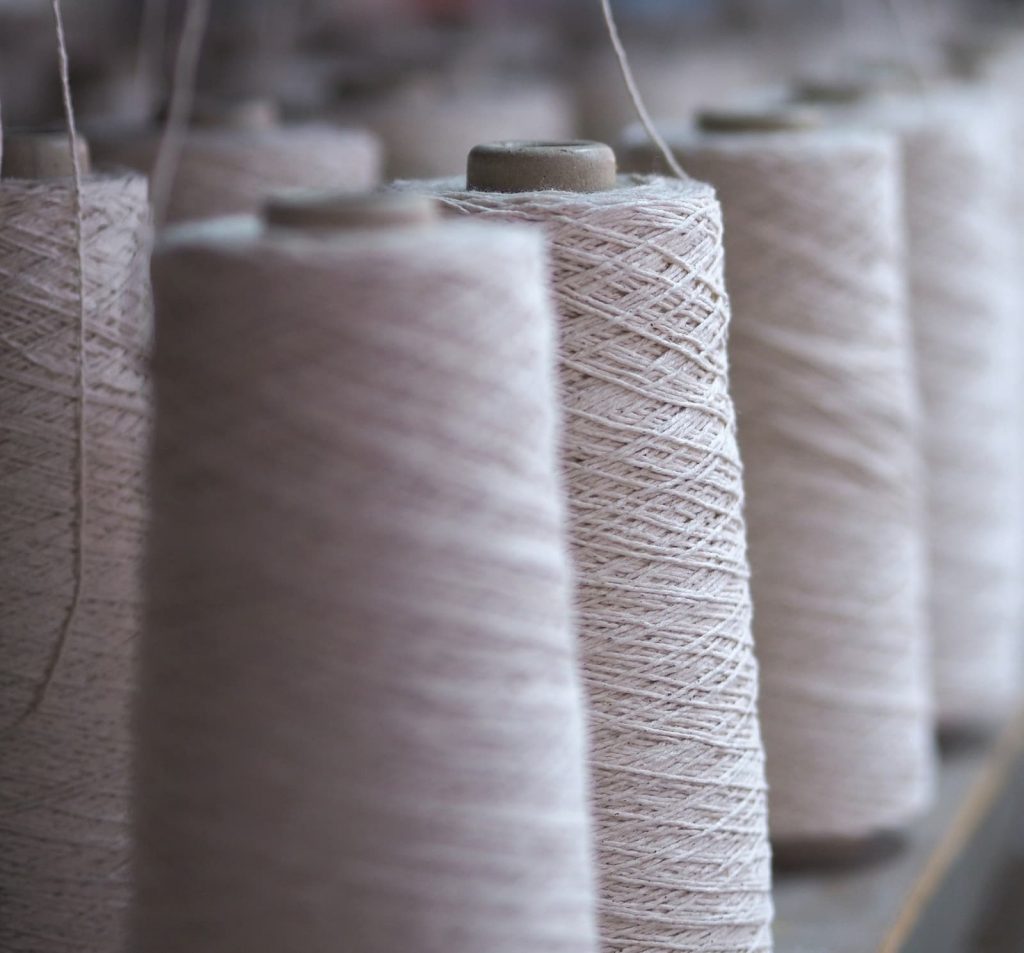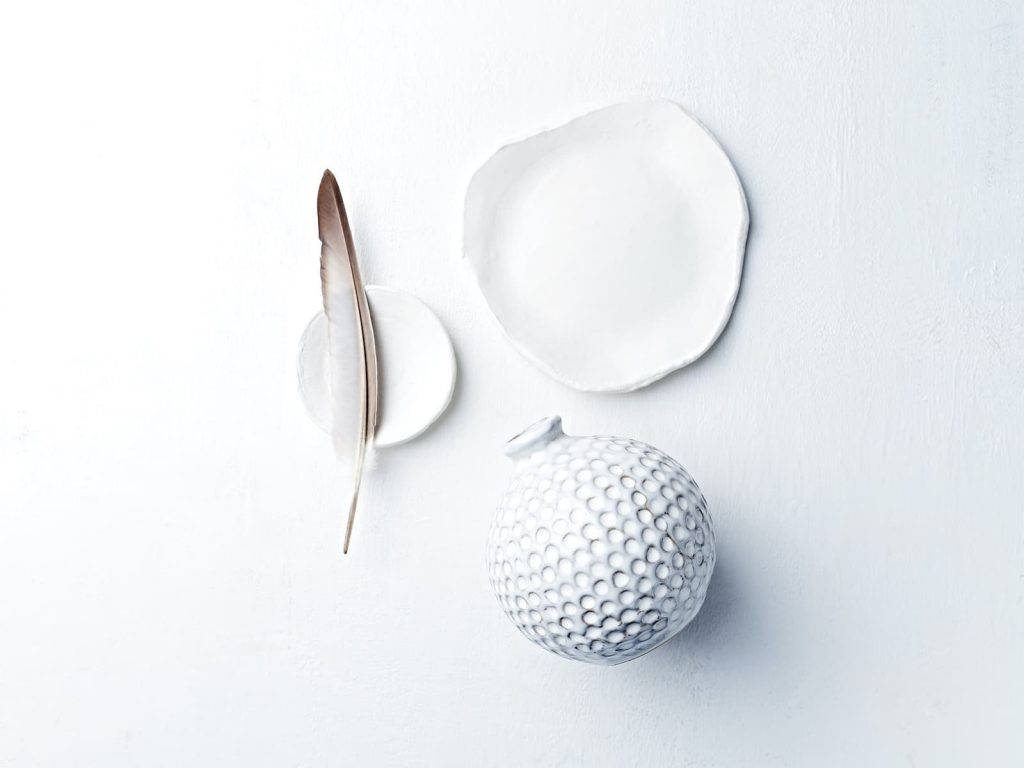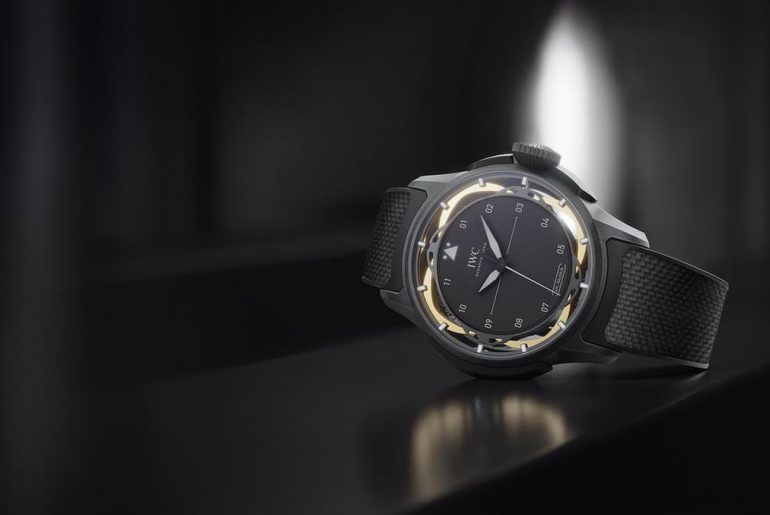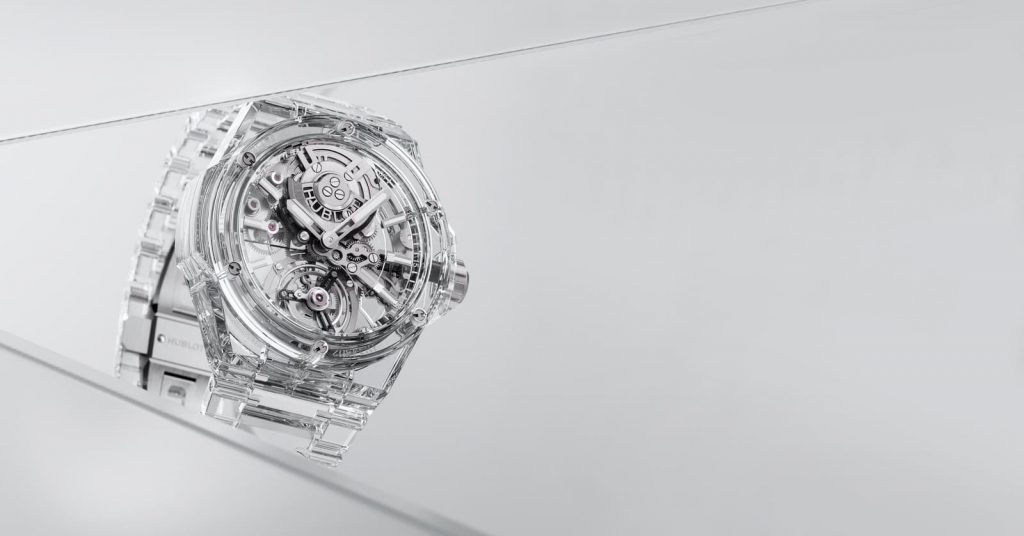Tobias Rehberger’s most personal exhibition in Copenhagen to date shows not only his artworks and snapshots but also objects which he has «amassed» over the years, as he says. But why? He unravels this mystery for us in the interview.
Stretching over two floors and onto the forecourt of the museum, Tobias Rehberger’s major retrospective «through the back side of my eyes» at Kunstforeningen GL Strand in Copenhagen is on view until 14 January 2024. The artist is considered one of the most influential of his generation and was awarded the Golden Lion at the 53rd Venice Art Biennale. At the centre of his interest is playing with perception and the possibility to see, experience and interpret things in a new and different way.

What can visitors expect to see at your exhibition in Copenhagen?
I decided to exhibit works from the last 30 years. Some of them have been exhibited before, these are all works that I had kept to myself. When you make a series with several works, you keep one or the other for yourself. Since the exhibition is taking place in the large venerable Kunstforeningen GL Strand, which used to be privately used, I liked the idea of doing something «private» as well. I did some research and found no other artists who had undertaken an exhibition of this kind before me: This time, it is about the artist’s view of himself when he selects certain works of his. There are also two other layers in the exhibition. On the one hand, I show things that I have amassed over time that do not constitute art – for example, my collection of cookbooks and my collection of teapots – although I have to say that these are not curated collections, but objects that I found good and therefore amassed. I might want to add that there are photos of me that were not taken to be exhibited, but snapshots just like the ones others take.
And the fourth layer of the exhibition is the artwork in front of the museum?
Yes, outside there is façade work that, in contrast to the «private» inside, has to do with the opposite, namely the public. On the first floor of the building, neon boxes are built into the windows, like neon signs in front of shops. They are connected to a pedestal on the forecourt of the museum where you can log your mobile phone in and play your own music. The light of the neon boxes reacts to this music and in a way plays the music and the light version of the piece of music. So this work lets you turn something private like your own music into something that is publicly visible and audible.

What do the exhibits you have chosen have in common?
There are many different reasons why people keep their own works. Sometimes they are particularly successful works or one feels sorry for a work. What they all hold in common is that as an artist you identify with them in some way – it can also be the slightly weirder works that are not so catchy. There is not the same criterion for everyone. That is why it is so interesting – because it is such an ambiguous mass.
Speaking of the artist’s view of himself that is shown – what do you see when you look at the exhibition?
This very view. What that is, everyone has to find out for themselves. That is why I’m doing it. If I knew it so well myself, I could write it down, but then it would be a boring exhibition. It may also be about things that you don’t really want to know yourself. It’s intimate enough that I show you my view of myself. (laughs)
Seriously, that is true. What is the title of the exhibition «through the back side of my eyes» all about?
It is about this view of oneself, which is different from the view forward. When you look through the back of your eyes, you are also looking at yourself. It is a kind of self-reflection. There is a certain parallelism, because neither do I collect my own work strategically, nor do I collect my teapots strategically. So in this exhibition I deal with art in a different way than I usually show it to the outside world. Outwardly, I curate much more than I have now. Curating would be the front of the eyes. What I show here is much more unstrategically selected. Through the back of the eyes, which is also somewhat blind, I have a more unconscious access.


Exciting! Your work brings art, architecture and design together – what fascinates you about this interplay?
I would like to say I use strategies from other fields like design and architecture but only to find out something for art. Just because I do something with a chair there is no overlap with design – for me it’s always about what that means for the art. What motivates me, for example, is the question of why a chair cannot be a sculpture, why you cannot experience art with your eyes closed, … there are so many things that you are told and that I have also told myself that I suspect are not always true. That is what gets me interested. And my level of suffering is great enough to get up every morning and dive into these questions.
Which idea or project has excited you most recently?
An artist friend of mine, Rirkrit Tiravanija, told me that he wants to build a machine that performs a Japanese tea ceremony. The idea is that you make this absolutely precise ceremony that ideally is the same over and over again, really perfect in a way that is no longer human. The question is whether the tiny differences in human imprecision are not what is actually interesting. One always thinks that precision and perfection are the goal of the tea ceremony. But if you now have a machine that achieves this precision, the idea turns around. The best works of art are the ones that achieve something like this. Funnily enough, I created some piece of art myself many years ago that dealt with this very question, which is probably why I find it so exciting. I am really looking forward to the work.

Photos Copyrights: Tobias Rehberger, through the back side of my eyes. GL STRAND, 2023. Photo by David Stjernholm, Portrait: SWATCH



